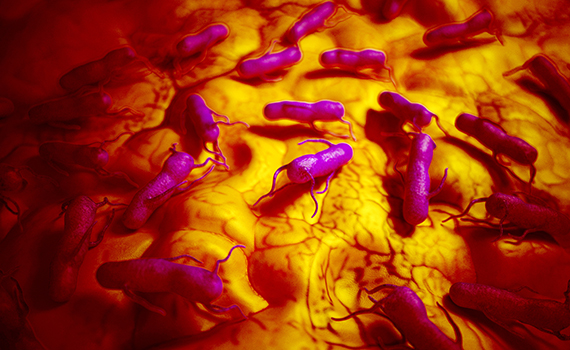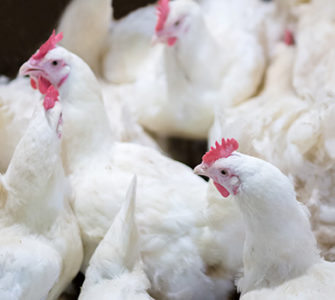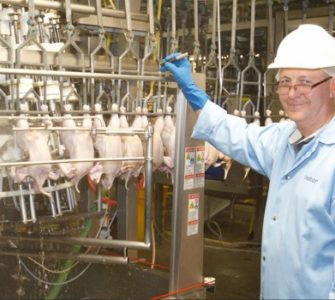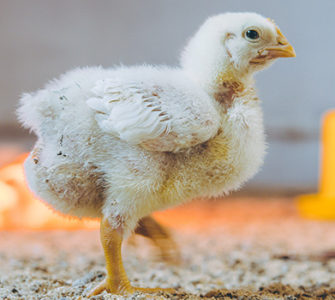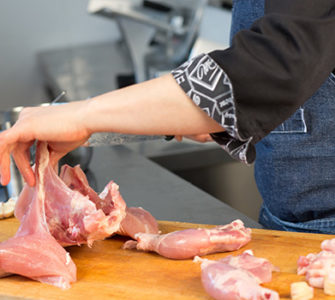Study exposes Salmonella-contamination risks of integrated broiler production
Integrated broiler producers in Europe pose a risk of transmitting and maintaining clones of Salmonella throughout the production chain, according to researchers in Spain.
In a study, scientists intensively sampled a company slaughterhouse throughout processing and used genotypic characterization techniques to analyze Salmonella isolates. A total of 504 samples were collected from points including feces, environmental surfaces, neck skin and the internal cavities of the birds.
From these samples, 45% were positive for Salmonella. The scientists found very high genetic similarity between strains found on incoming flocks, during the slaughter process and on carcasses, while over 98% of positive samples were S. Enteritidis, with the remaining testing positive for S. Kentucky.
“Considering that the same genotypes could be isolated from different farms, owned by the same integrated company, it strongly suggests a cross-contamination throughout the broiler supply chain,” the scientists said.
Robust strains survive through processing
Notably, when the status of live flocks arriving at the slaughterhouse was negative, each stage of processing through exsanguination, defeathering and air-chilling saw more birds test positive.
“The same strain of S. Enteritidis was able to survive the cleaning and disinfection protocols, leading to cross-contamination among different slaughter stages,” they noted.
Salmonella forming biofilms, particularly in the crate-transportation stage due to the bacteria adhering to wet surfaces, is another “critical” area, they added, as biofilms are much more resistant to disinfectants and mechanical interventions.
The findings add further weight to observations in the broader industry of Salmonella clones linked to specific companies, they said. Such clones have a high resistance to conditions in production and processing, allowing them to continue recirculating.
About 80% of Spanish broiler production is controlled by integrated companies with farms, slaughterhouses, breeders and feed plants, which increases biosecurity risks.
With this in mind, improved biosecurity measures and vaccination protocols could tackle persistent Salmonella strains and reduce infection pressure in the slaughterhouse, the researchers said. Additionally, timely molecular diagnosis in the field could also help establish the source of strains and improve control measures.
The full research report is available in the journal Poultry Science.
Posted on November 22, 2022



